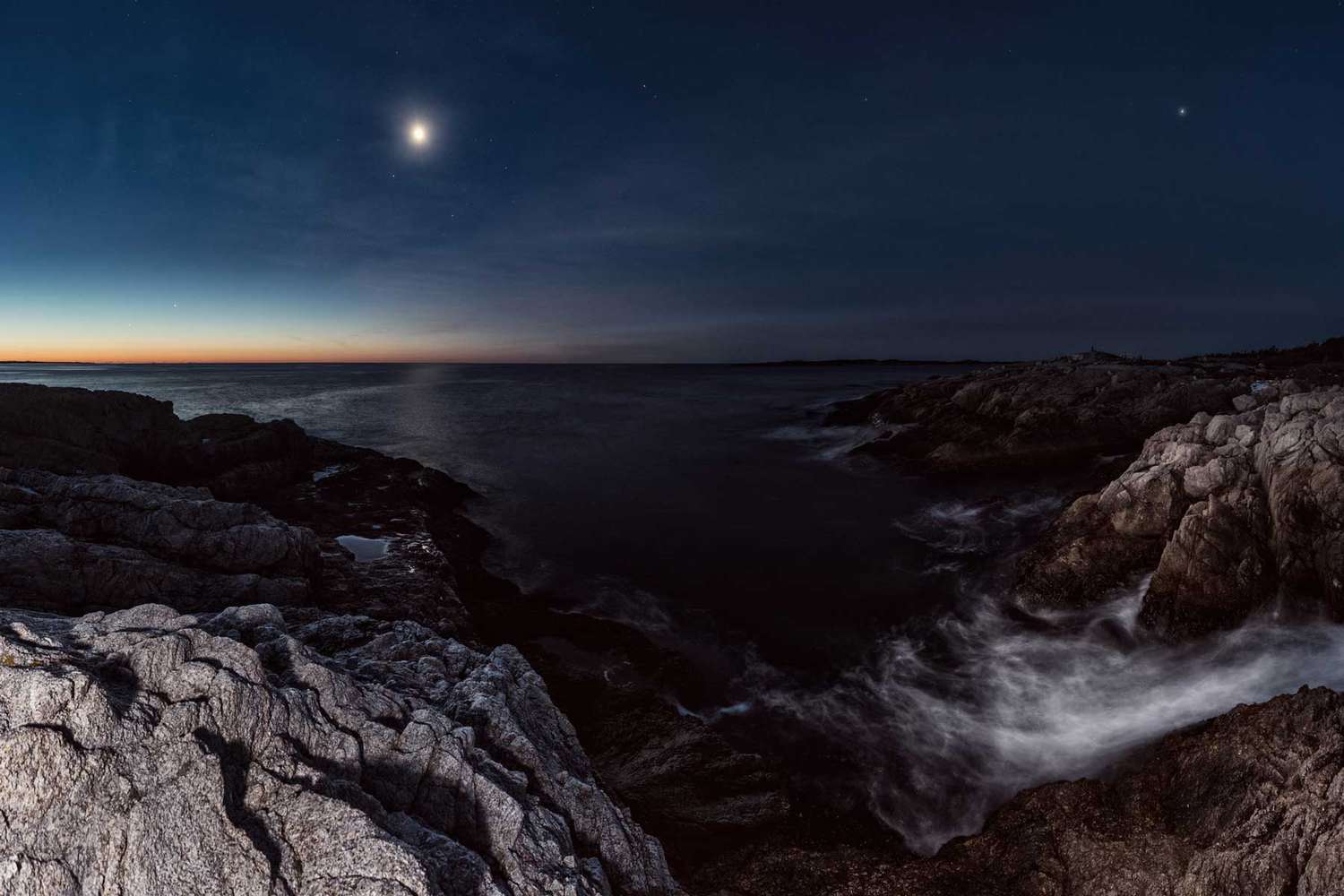Have you ever really seen the Solar System with your own eyes? We’re all used to seeing pictures in textbooks of the eight planets all lined up in a row, starting with Mercury and ending with Neptune (or Pluto, which was de-throned as a planet in 2009), but very rarely do we actually get to see a line of planets in the night sky at the same time.
That’s what’s happening this week as all five planets visible to the naked eye — Mercury, Venus, Mars, Jupiter, and Saturn —appear simultaneously.
Although you’ve probably glimpsed Venus or Jupiter before, this is a great chance to see a few planets at the same time.
Related: More space travel and astronomy news
When and How to See Five Planets in the Night Sky
It’s going to take a bit of effort because only those willing to rise early — really early — on Sunday, July 19, 2020 will get to see the planets. You won’t need a telescope unless you want a close-up of each.
How to Find Jupiter, Saturn, and Mars
About two hours before sunrise, you’ll be able to see Jupiter sinking in the southwestern sky with Saturn, the ringed planet, just above to the right. Trace a curved line going through both planets and into the southern sky, and you’ll hit Mars, the red planet, high above the southeastern horizon.
How to Find Venus and Mercury
Mars is at the peak of the ecliptic — the line we always see planets orbiting along — so trace its curve down to the horizon in the northeast. Before you get there, you’ll easily spot the super-bright planet Venus. It’s one of the brightest objects in the night sky. Mercury is always tricky to see, and you have to get your timing right; it will rise in the northeast 45 minutes before sunrise as seen from New York City. You’re looking for a small, red dot, and it will help if you have a pair of binoculars. With any luck, you may even see it accompanied by a very slender crescent moon just to its left.
Why You Should Use Binoculars
Although you don’t need binoculars to see the four bright planets, you will likely need them to see Mercury. For a really special view, put any pair of binoculars on Jupiter, and you’ll be able to see a few of its four largest moons, Europa, Ganymede, Io, and Callisto.
How to See All Eight Planets in the Night Sky
Want a bonus planet? Look around you — that’s Earth! The sight of six naked-eye planets together with the bonus of a super-slim crescent moon will be something special, but is it ever possible to see all of the planets in the Solar System? Sadly, it’s not ever going to be possible for you to see all eight planets — Mercury, Venus, Earth, Mars, Jupiter, Saturn, Uranus, and Neptune— in the night sky at the same time. Uranus and Neptune aren’t quite visible to the naked eye, so they require a telescope.
The ‘Great Conjunction’ of 2040
However, there will be a "Great Conjunction" or "Golden Conjunction" on September 8, 2040, when Mars, Mercury, Venus, Saturn, and Jupiter will be visible in the same tiny patch of the night sky just 10º apart.
Related: 2020 Will Be an Amazing Year for Stargazing — Here's Everything You Have to Look Forward to
December’s ‘Great Solstice Conjunction’
Although it only involves two of the planets, the "Great Solstice Conjunction" on December 21, 2020— the night of the winter solstice in the Northern Hemisphere — is all about the Solar System’s giants. The two biggest planets in the Solar System by far— Jupiter and Saturn — will pass just 0.06º from each other and be visible shining almost as one after sunset in the west. This "Great Conjunction" of Jupiter and Saturn actually happens every 19.6 years, but December’s conjunction is going to be the closest since the year 1623!
This Story Originally Appeared On travelandleisure
Source: Read Full Article
